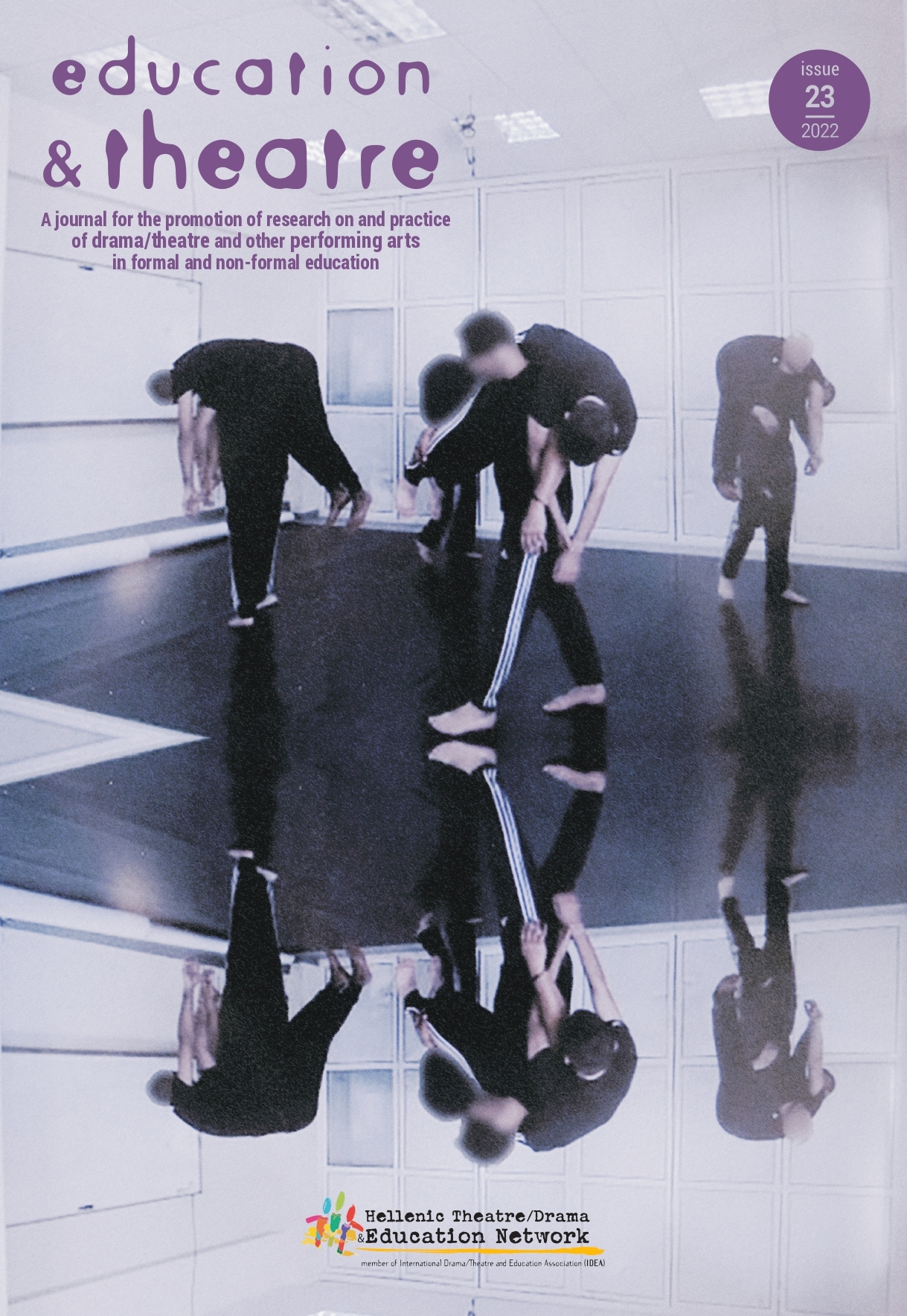Poverty and Theatre in Prison The theatre and dance groups at the 3rd Second Chance School of Thessaloniki

Abstract
From 2016 to 2022, five theatre and dance groups were formed at the 3rd Second Chance School of Thessaloniki. This article focuses on the relationship between applied art through the body and the social profile of learners at the Diavata prison in Thessaloniki. Based on the observation of the author, who has been the facilitator of the groups, and the testimonies of inmate learners, some initial conclusions are presented on how participants interacted with this new-for-them "language" of physical expression and communication. The importance of poor social and cultural capital, the inequality in education and access to it, and the lack of a mechanism for decoding art on the part of learners explain the usefulness of the body code and the experiential approach of the workshops, presenting the multiple benefits that emerge for inmates.
Article Details
- How to Cite
-
Mitsika, I. (2022). Poverty and Theatre in Prison: The theatre and dance groups at the 3rd Second Chance School of Thessaloniki. Education & Theatre, 23, 24–31. https://doi.org/10.12681/edth.37664
- Section
- Research Articles





